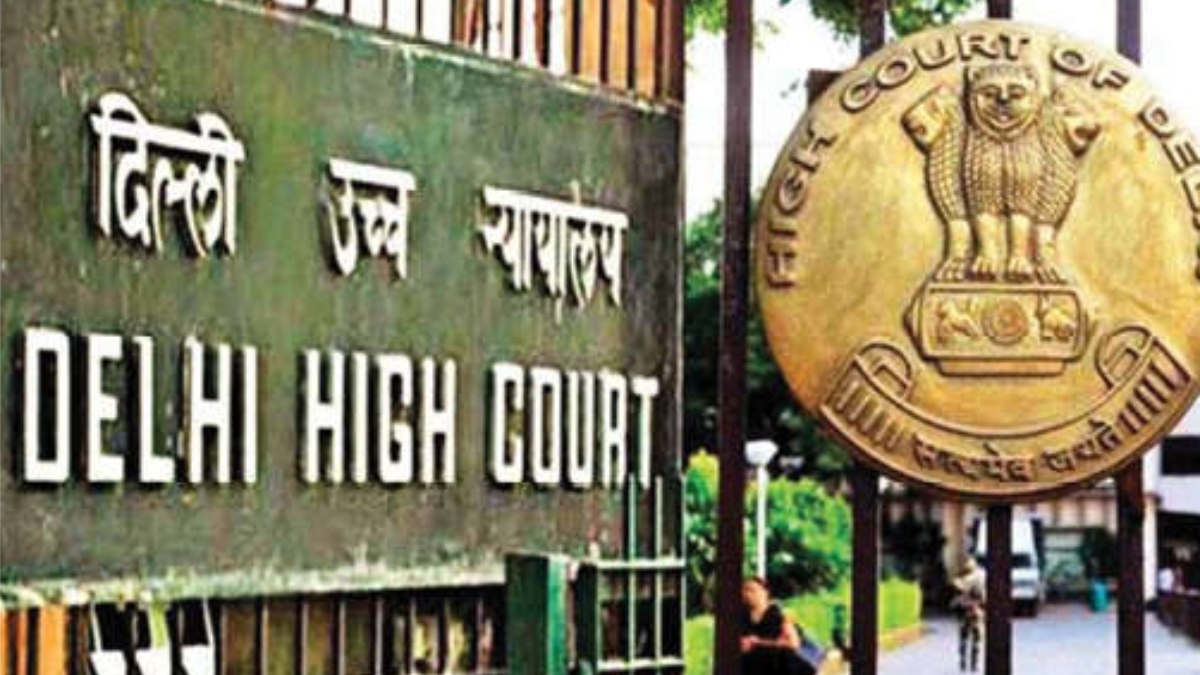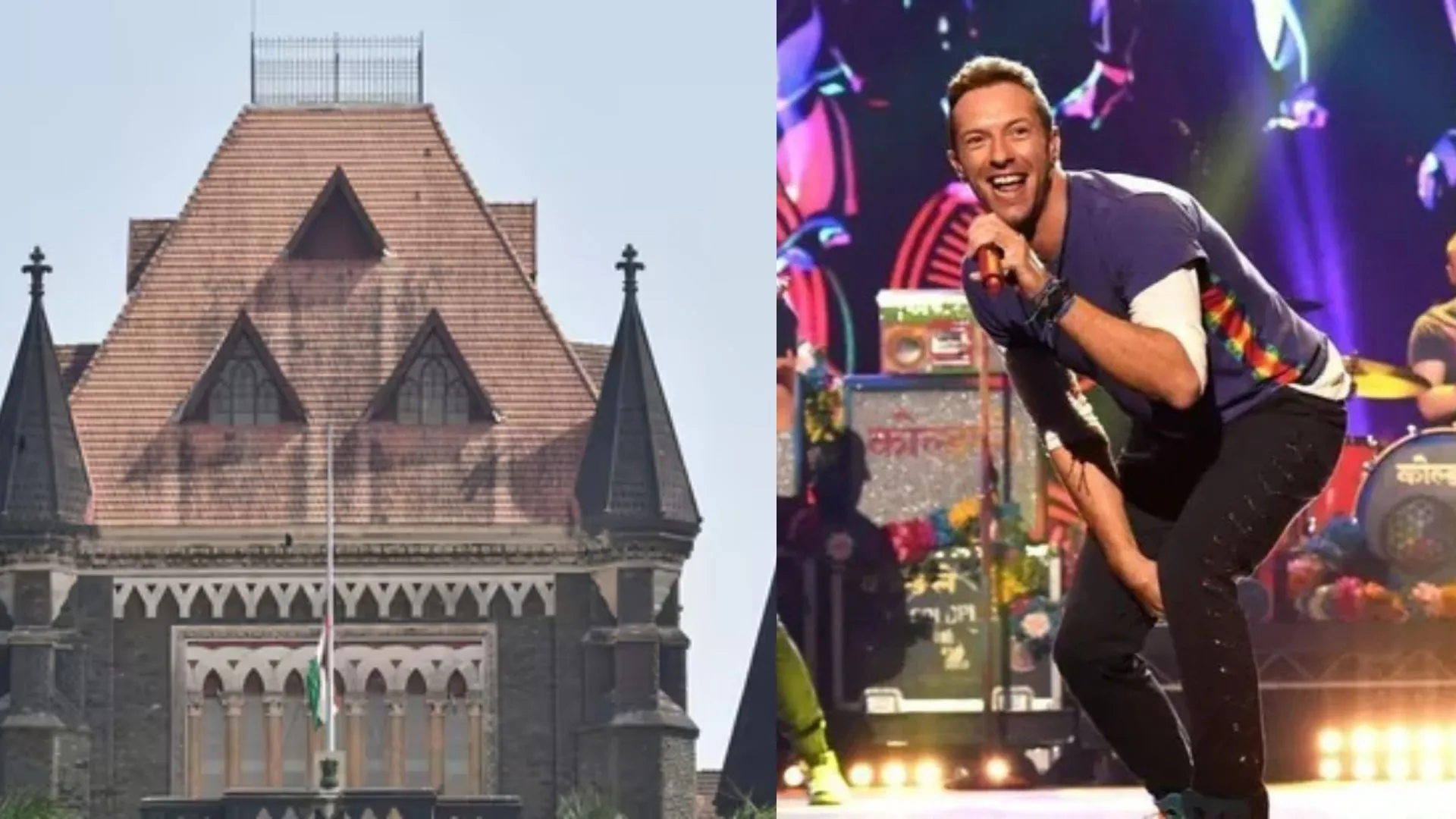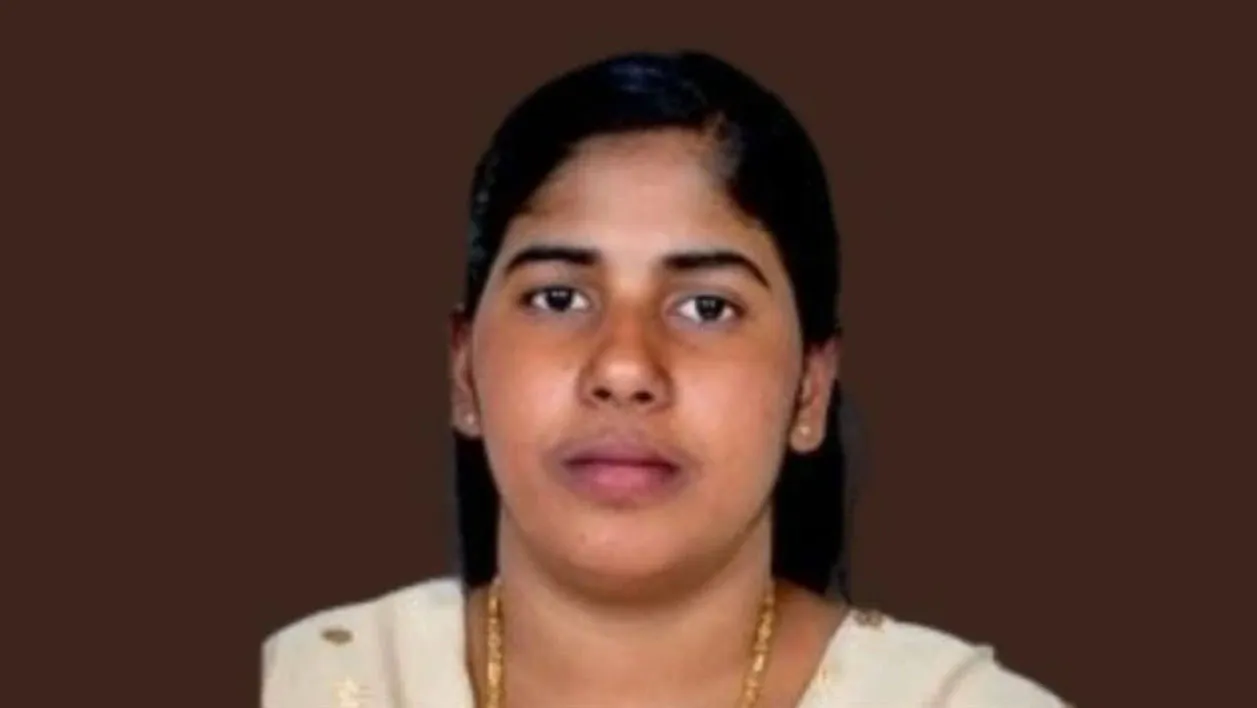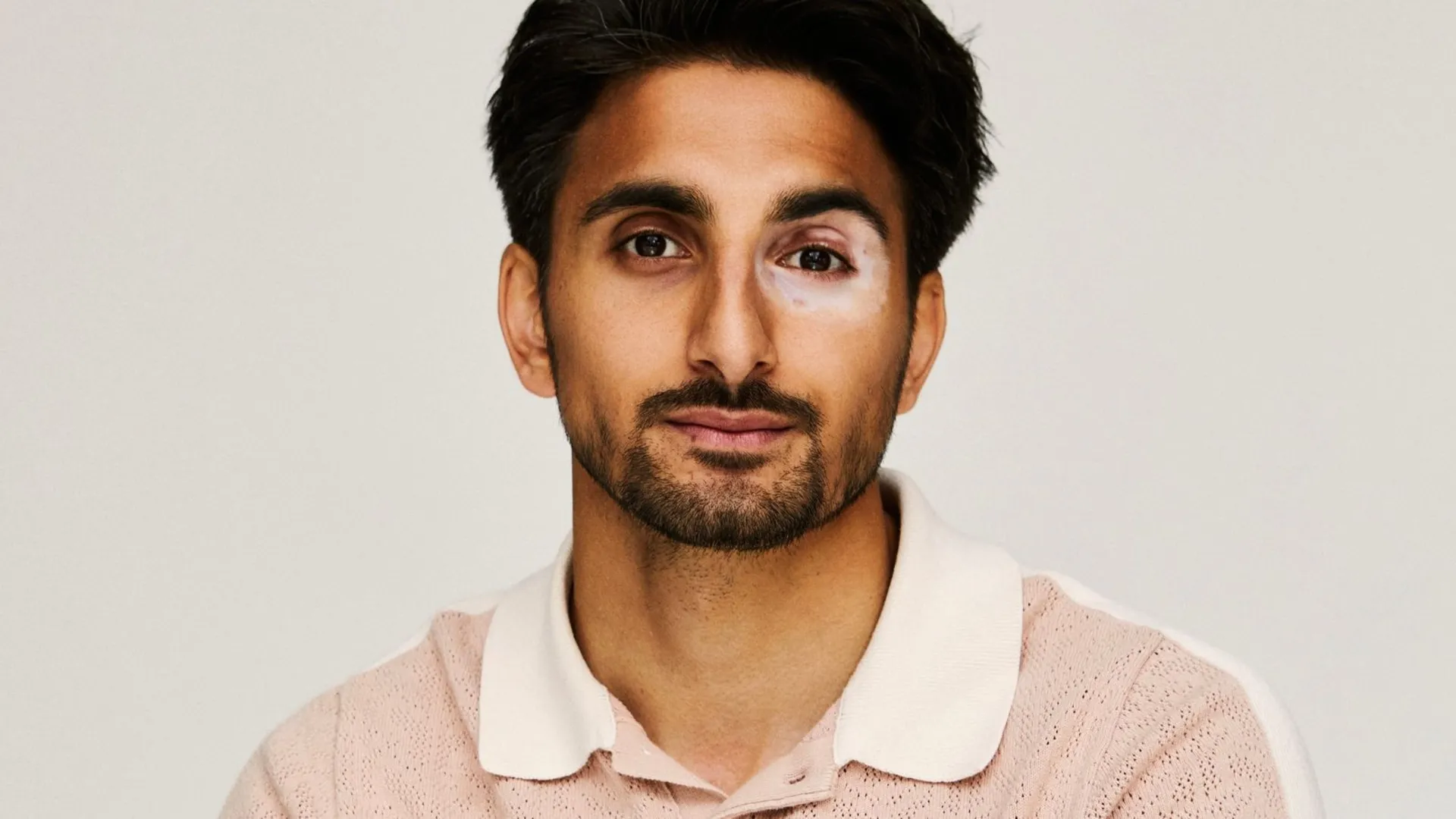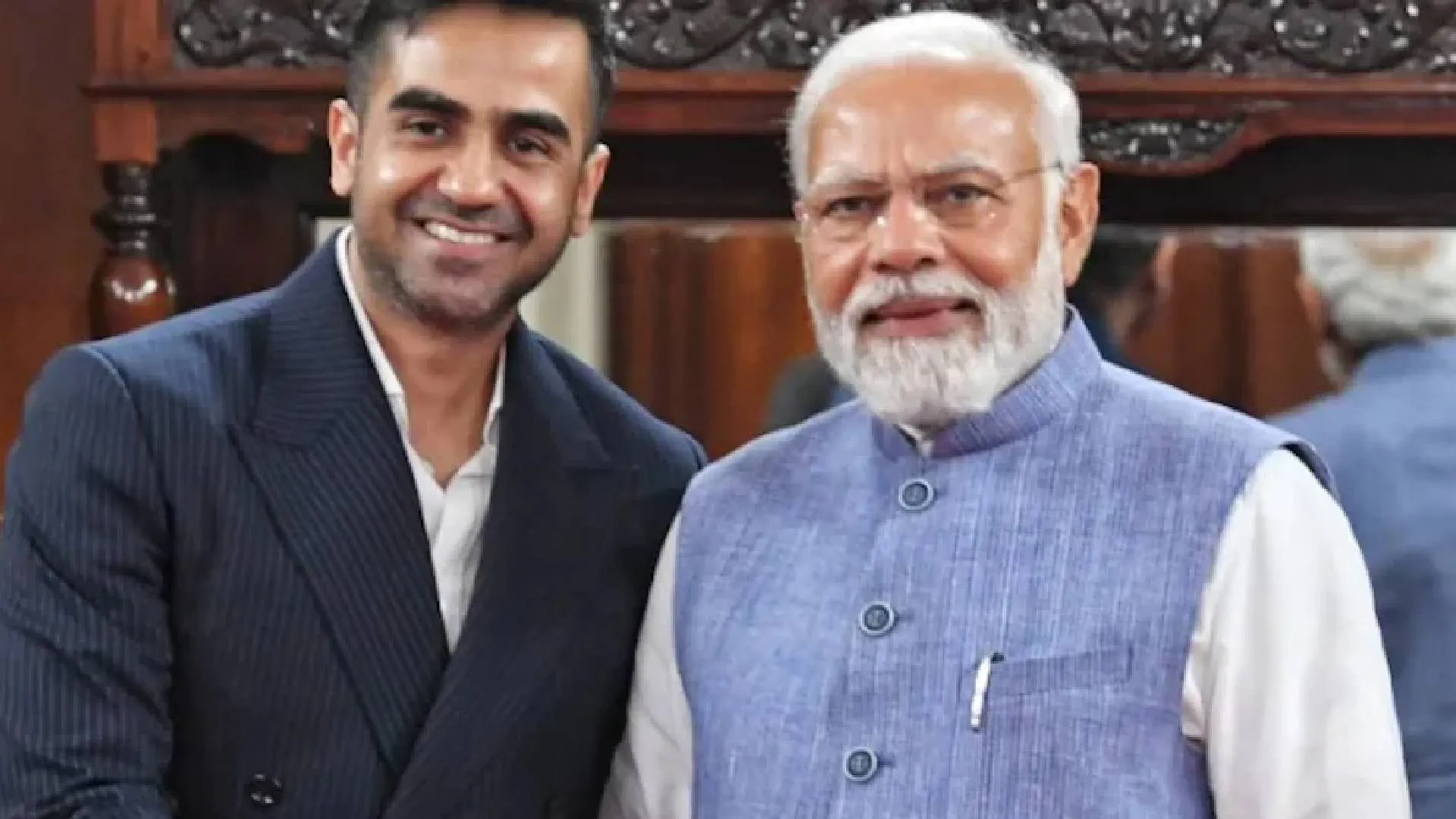INTRODUCTION
During 2021, various High Courts across India have seen an increase in writ and civil litigation seeking to obtain a ‘Right to be forgotten’ (RTBF), usually claiming it as a facet of ‘right to privacy’ enshrined in Article 21 of the Indian Constitution, after a Nine-Judge Constitution Bench of the Hon’ble Supreme Court had previously declared privacy as a fundamental right in Justice K.S. Puttaswamy (Retd.) vs. Union of India, (2017) 10 SCC 1 (‘Puttaswamy Judgment’).
RTBF has been previously sought to be exercised against Private Entities, Law Reporters (who mention Publicly Reported Judgments or Orders in their online databases), State Authorities, as well as ‘orders’ or ‘judgments’ by Judicial Institutions. Recently, in an article for the Daily Guardian on August 16, 2021, Anujay Shrivastava had analysed a recent decision by a Single-Judge Bench of Hon’ble Madras High Court comprising Hon’ble Mr. Justice N. Anand Venkatesh in Karthick Theodre vs. The Registrar General, Madras High Court, Chennai and Ors., 2021 SCC OnLine Mad 2755 (‘Theodre Judgment’). In this case, the Madras High Court had rejected a writ petition seeking a RTBF against a previous court judgment where the petitioner was acquitted of various criminal charges including rape, holding that RTBF does not exist against court orders or judgments in a strongly-reasoned order.
On August 23, 2021, the Hon’ble Delhi High Court speaking through Hon’ble Ms. Justice Asha Menon in an anonymous interim order in a civil suit with citation CS(OS) 392/2021, I.As.10543-10546/2021, has made another interesting RTBF order. In its order, the High Court has directed various defendants to remove or pull down, as well as refrain from reproducing on internet, web portals, online platforms etc., any electronic copies of videos containing frontal nude shots of the anonymous plaintiff, who is an actress by profession and had shot the suit videos as per a contract for an unreleased web-series. Notably, this is the third order by a Delhi High Court bench granting RTBF. In this article, we seek to provide a background, as well as analyse and critique this RTBF order.
BRIEF BACKGROUND:
The plaintiff had entered into a contractual agreement with a popular studio, namely, Ram Gopal Verma studios for filming a web series. The script demanded for certain explicit scenes to be shot including complete frontal nudity. However, due to some undisclosed reasons, the project was shelved, never produced and never released publicly. Later, in the month of December, 2020, the videos containing the explicit content were posted by the producer on his official YouTube channel, which were later taken down by the producer on the request of the plaintiff.
After a while, the Plaintiff realised that Defendants (i.e. Defendants 1 to 36) have misused the clips by posting the same on their respective YouTube channels or other such streaming platforms. Some of the defendants even added some inappropriate commentaries along with the clip further tarnishing the image of the plaintiff. Post this the plaintiff allegedly started receiving hate messages, anonymous calls and at times even got subjected to insults, all the more affecting her professional endeavours. Thus, the Plaintiff has approached the Hon’ble High Court through a civil suit seeking relief in nature of RTBF, through which the defendants should be ordered to take down the foregoing video clips and arrest the circulation of same with immediate effect, as she has a right to privacy (which ought to be respected).
DELHI HIGH COURT’S TRYST WITH RTBF:
The Hon’ble Delhi High Court has been the leading judicial institution which is hearing and adjudicating various RTBF cases in India, ever since the Puttaswamy Judgment changed the constitutional landscape of right to privacy in India. It may be pertinent to mention some of the major reported cases that have been heard by the High Court, prior to looking at its order in the present case.
First, through an earlier order by a Single-Judge Bench comprising Hon’ble Mrs. Justice Pratibha M. Singh, the High Court in Zulfiqar Ahman Khan vs. Quintillion Businessman Media Pvt. Ltd. & Ors., 2019 SCC OnLine Del 8494 (‘Zulfiqar Case’), had adjudicated upon a prayer seeking removal of certain posts describing allegations of sexual harassment against the plaintiff until the disposal of an ongoing litigation, which were posted in some online articles published by certain web-based news agencies including The Quint, in wake of the #MeToo movement. Recognizing the RTBF as a facet of the fundamental right to privacy, the High Court in Zulfiqar Case had in an interim order, directed The Quint to immediately remove the links uploaded on its website, social-media page handles and co-operate with the plaintiff until disposal of the case. Reportedly, the High Court in an order dated December 2, 2019, recorded the parties entered a Mediation Agreement and resolved the matter amicably and therefore closed the matter. This order has been criticised by various authors and scholars in India and Abroad. Columbia University New York’s Global Freedom of Expression Forum noted that the High Court order “(…) granted Khan a right to be forgotten order even before the veracity of the allegations could be tested. Such an order could have negative implications in other defamation cases where plaintiffs may use this precedent to gag speech even while a trial is ongoing.” As reported by the Daily Guardian on June 1, 2021, authors such as Harikartik Ramesh and Kali Srikari Kancherla (NLIU Law Review, 2020), have also critiqued the order in Zulfiqar Case for failing to balance ‘right to freedom of speech’ and ‘right to information’ of the victim and the general public, with the ‘right to privacy’ (including RTBF) of the accused.
Second, in Jorawer Singh Mundy @Jorawar Singh Mundy vs. Union of India and Ors., 2021 SCC OnLine Del 2306 (‘Mundy Case’), another Single-Judge Bench headed by Justice Pratibha M. Singh had made an interim order in form of a RTBF, directing various private entities to block a 2013 judgment of the High Court from their search results, in which an American Citizen was acquitted of various charges, including those under the Narcotics Drugs and Psychotropic Substances Act, 1985. In his writ petition, the petitioner in Mundy Case had stated that they were not being able to secure employment abroad since anyone could find their name and personal data mentioned in the previous acquittal judgment by a simple search on Google and other online platforms. In Mundy Case, an important pending constitutional question on whether a court order can be removed from an online platform, in a writ petition seeking right to privacy as a facet of RTBF is to be decided by the High Court. Previously, in a Daily Guardian article on June 1, 2021, Anujay Shrivastava had analysed and critiqued the RTBF order in Mundy Case on five grounds. Readers may refer to the previous article for greater understanding of the Mundy Case.
Lastly, on August 31, 2021, it was reported by Naman Priyadarshi for The Daily Guardian that another writ petition was filed before the Delhi High Court seeking RTBF, this time by Ashutosh Kaushik, who had won Big Boss in 2008, as well as worked as an actor, participant and host across various entertainment industries. In his RTBF petition, Kaushik has sought a ban on the various pictures and videos available on internet and various platforms, which are related to a 2009 drunk-driving case, as well as a squabble with Mumbai Traffic Police. This case is currently pending before the High Court.
THE CONTENTIONS AND DELHI HIGH COURT’S ANALYSIS:
The High Court recorded that as per its previous co-ordinate bench orders in the Mundy Case and the Zulfiqar Case (which were forwarded by the plaintiff’s counsels), interim protection could be granted to the plaintiff as she also has a RTBF. It also referred at the provisions of the Information Technology Act, 2000 (‘IT Act’) and the Information Technology (Intermediary Guidelines and Digital Media Ethics Code) Rules, 2021 (‘IT Rules 2021’).
As per Rule 3(2)(b) of IT Rules, 2021, the intermediary must take all reasonable and practicable measures to remove or disable access to illicit content within 24 hours of receiving a complaint, when the content sought to be removed or disabled access to is prima facie determined to be any material which exposes the private area of such individual, shows such individual in full or partial nudity or shows or depicts such individual in any sexual act or conduct, or is in the nature of impersonation in an electronic form, including artificially morphed images of such individual. Referring to this provision, the High Court noted that various defendants were legally required to take “all reasonable and practicable measures to remove or disable access to such content which is hosted, stored, published or transmitted” by them, as rightly contended by the plaintiff’s Advocates, Mr. Abishek Malhotra and Ms. Atmaja Tripathy.
The High Court then went on to address contentions forwarded by the defendant’s Advocates, Ms. Mamta Jha, Ms. Shruttima Ehersa and Mr. Vatsalya Vishal. The defendants argued that they were not aware of any agreement that permitted the broadcast of the suit videos and that the content of the videos had involved consideration paid to the plaintiff by the producer for such agreement. Using this fact to their defence, defendants sought to argue that since the plaintiff had consented to the filming of the scenes present in the suit videos, it would be necessary to determine whether the defendants were under any obligations to prevent the suit videos’ further publication.
Moreover, relying on the Madras High Court’s precedent in the Theodre Judgment, which had held that there was no RTBF and remarked that India does not have any statutory law enabling exercise of such a right, the defendants contended that there was no RTBF available to the plaintiff in the present suit. Similarly, the Orissa High Court in Subhranshu Rout vs. State of Odisha, 2020 SCC OnLine Ori 878 (‘Rout Case’), had recognized that there was no RTBF in India. The defendants further relied on the Gujarat High Court judgment in Dharamraj Bhanushankar Dave vs. State of Gujarat, 2017 SCC OnLine Guj 2493 (‘Dave Case’), which came prior to the Puttaswamy Judgment, as well as Delhi High Court’s order dated December 21, 2018, in Anchit Chawla vs. Google India and Ors., W.P. (Civ.) 13921/2018 (‘Google Case’). As per the Dave Case and the Google Case, the defendants contended that the right to seek disablement of search results in the manner sought by the plaintiff was rejected previously by various High Courts.
Importantly, the defendants also argued that Rule 3(2)(b) of the IT Rules 2021 had to be read together with Section 67 and Section 67A of the IT Act, which excluded material that was published in the interest of “science, literature, art or learning or other objects of general concern”. Moreover, since it was already admitted that the plaintiff had consented to shooting of the film and the videos with the producer, the case did not fall under the parameters of the above-mentioned Rule 3(2)(b). In addition, the defendants argued that, since the plaintiff or any authorized representatives of her had also not filed a complaint as required by Rule 3(2)(b), the said provision may not be strictly applicable in the present suit. These arguments of the defendants were entirely rejected by the High Court in its order. It was noted that even if these arguments were to be accepted, the plaintiff had clearly stated that she had not licensed any of the URLs/websites and the search engines to publish and transmit the same on YouTube. It also noted that since the defendants were potentially circulating the suit videos for monetary and prurient benefits, the plaintiff could not be denied any relied during the pendency of the suit.
While the High Court acknowledged that the matter required consideration in greater depth, the suit videos contained explicit material as included under Rule 3(2)(b) of the IT Rules 2021. Moreover, it recorded that whether the suit was maintainable or not, the maintainability question could wait for a later stage when the pleadings were completed, in view of the fact that the order in the Mundy Case was given in a writ petition, while the order in Zulfiqar Case was rendered in a suit. The Court further noted that the Court in Zulfiqar Case had taken cognizance of the impact of damaging publications on the personal and professional life of plaintiffs and had also taken steps to prevent further irreparable damage by stopping republication, an approach necessary for the irreparable damage that was constantly and instantly being caused to the plaintiff, since the suit videos portrayed her in a state of nudity.
HIGH COURT’S RTBF ORDER:
The High Court in the present case followed the view taken by its co-ordinate in Zulfiqar Case and observed that the “right to privacy” includes RTBF and “right to be left alone” as inherent aspects. It noted that plaintiff is all the more entitled to the right to privacy since it is the person of the plaintiff that is being exhibited in the present scenario. Moreover, the Court observed that, in view of the facts laid down before it, the plaintiff is entitled “to be left alone” and “to be forgotten” (i.e. RTBF is available). In terms of the anonymous calls received by plaintiff, the court noted that the plaintiff is entitled to right to privacy against such strangers as well. Moreover, as an interim measure, the High Court ordered the defendants to take down all such suit videos, footage, clip audio only from all the streaming platforms and halt the circulation of the same with immediate effect. The plaintiff was also permitted to use the order to any other electronic or digital platforms which were found distributing the suit videos or clips in any form.
CRITIQUE:
At the outset, we applaud the spirit in which the High Court order in the present case was made. There is no shadow of a doubt that the actions of the various defendants do infringe upon the privacy of the petitioner, as well as significantly impact her intrinsic dignity and autonomy from a moral and logical standpoint. However, there are few reasons why we find this High Court order flawed.
First, while ‘right to privacy’ has undoubtedly been recognized as a fundamental right by the Puttaswamy Judgment [including ‘informational privacy’ or ’data privacy’ by a majority of six judges as per the leading judgment of Hon’ble Dr. Justice D.Y. Chandrachud (who wrote for Justice J.S. Khehar, Justice R.K. Agrawal and Justice S.A. Nazeer and himself), as well as concurring judgments by Hon’ble Mr. Justice R.F. Nariman and Hon’ble Mr. Justice S.K. Kaul], it is not an absolute right as recognized by all six separate judgments by various Hon’ble Judges. Moreover, the fundamental right to privacy does not have a ‘horizontal application’ (i.e. an individual claiming ‘privacy’ as a matter of fundamental right against non-state entities and private actors). Since the fundamental right to privacy only has a ‘vertical application’ against any state entities or at best any ‘public authorities’, the present order which is directed against private individuals or entities, seems to extend the scope of fundamental right to privacy, thus extending the scope of privacy beyond what Puttaswamy Judgment had declared and violating the well-settled principle of right to privacy having only a ‘vertical application’. The previous orders in the Zulfiqar Case and Mundy Case had similarly extended the application of right to privacy to non-state actors, which is impermissible as per the present constitutional landscape of right to privacy under the Indian Constitution and as declared by the Puttaswamy Judgment.
Second, the RTBF order in the present case has been rendered in a civil suit (akin to the Zulfiqar Case), which is problematic since a prayer which heavily involves RTBF as a facet of fundamental right to privacy should have been brought up under writ jurisdiction like the Mundy Case or Theodre Case. Under Article 226 of the Indian Constitution, the High Court has an even greater scope of power than the Supreme Court, being capable of directing any writ (including writ of mandamus) against any entity performing a ‘public function’ for enforcement of fundamental rights and for “any other purpose”.
Third, as previously noted by the Madras High Court in the Theodre Case and the Orissa High Court in the Rout Case, there is no RTBF in India, as well as there is a lack of statutory recognition of RTBF in India. Yet, as correctly recorded by the High Court, the reproduction of the suit videos or clips by various defendants violates provisions of the IT Act and IT Rules 2021, especially Rule 3(2)(b) of the IT Rules 2021. Consequently, there was no need to make an RTBF order in the present case. A regular order containing an injunction to restrain the display and prohibit the reproduction of suit videos or clips on online, electronic or digital platforms, by the defendants would have sufficed. The High Court could have also relied on Section 151 of the Code of Civil Procedure to exercise its inherent powers “to make such orders as may be necessary for the ends of justice or to prevent abuse of the process of the Court”. The specific reference of the High Court to right to privacy, as well as “right to be left alone” and RTBF in the present order is going to increase judicial incoherence and confusion, especially in light of conflicting judgments by various High Courts in Dave Case, Rout Case and Theodre Case.
CONCLUDING REMARKS:
While the sprit in which the Delhi High Court’s third order on RTBF in the present case has been made is applaudable, we have sought to establish that it suffers from certain critical flaws. Nevertheless, the reliance of the High Court on statutory instruments such as the IT Act and IT Rules 2021 in the present case is both correct and appreciable. It is a step forward from the previous orders in the Zulfiqar Case and the Mundy Case where the previous benches took a ‘prima facie’ review (while skipping the balancing exercise of pitting RTBF and right to privacy against various competing rights and interests of different individuals/actors), and also failed to refer to any statutory instrument which supported grant of RTBF in those cases. It is our hope that in the emerging hazy jurisprudence of RTBF in India, which is caused due to certain High Courts granting RTBF orders while simultaneously other High Courts declaring RTBF to be non-existent, judicial authorities exercise great restraint. Courts should avoid the outcomes that threaten to further judicial coherence on RTBF, or stretch the scope of the fundamental right to privacy beyond its nature (i.e. a right with only ‘vertical application’ between an individual and state) that Puttaswamy Judgment declared it to be.

